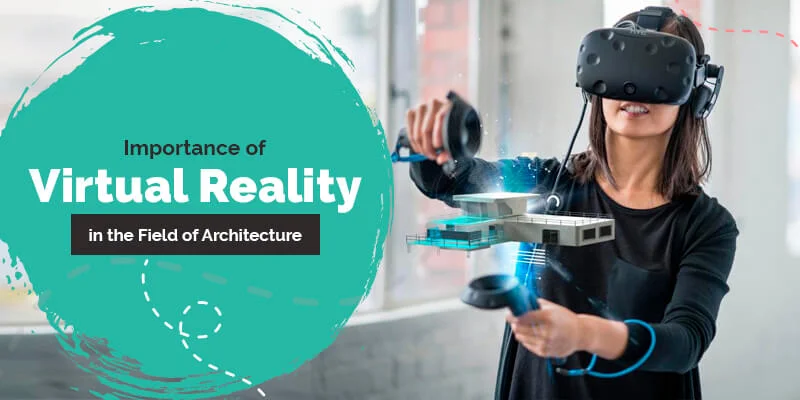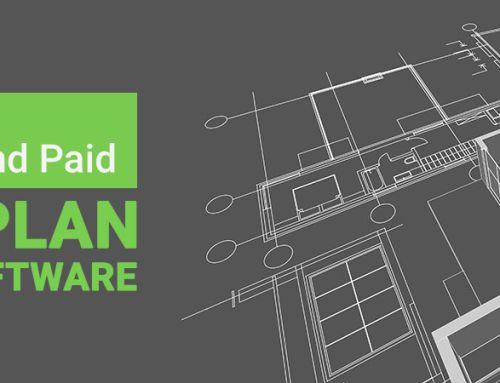Real estate businesses are increasingly using virtual reality (VR) to let their prospective customers gain a deeper understanding of their existing and upcoming projects, thereby enabling them to make an informed purchase decision. Architects have been integrating VR to make their presentations livelier and to enable the design and the construction teams to develop a thorough understanding of their projects. Customers can also enjoy a virtual walkthrough of a home that they are looking to buy while being able to choose the time and space for property-viewing. In fact, this would allow realtors as well to save time, which they would otherwise spend on fixing appointments, scheduling in-person visits, and attending the actual site in order to showcase properties. VR is being clubbed with augmented reality (AR) and mixed reality (MR), allowing for extraordinary visualization and letting all project stakeholders to understand the interior and exterior layout of a building before the actual building is constructed. Additionally, VR allows prospective homebuyers to not only get an idea about how a building’s interior or exterior layout would look like, but it would also give them a real feel of the property.

VR, which was originally used in the gaming industry, has now earned a mainstream position in architecture as well, allowing architects to present their design possibilities in a vivid and lively manner. Architects and real estate businesses that are looking to explore VR in order to make their demonstrations are most likely to be benefitted by the following factors:
VR demands considerable technological expertise and architects often find it difficult to explore this technology thoroughly due to their busy schedules. Typically, gaming engines are used to create immersive experiences, but time is changing. VR solutions that are specifically meant to benefit the architecture industry are being developed nowadays. In fact, many companies are already converting BIM data into VR using Stingray, Autodesk LIVE, and other platforms. However, at present, gaming systems can be used to only create VR experiences for end-users, but they cannot be used to produce applications that would support an iterative building design process. The VR marketplace will continue to witness a huge transformation with more and more architects getting involved to experiment with VR solutions. Experts suggest that it is a good idea to review designs from BIM software by using a PC that comes integrated with VR solutions. The distribution of VR content to clients can be conducted by using mobile VR solutions such as Google’s View and Gear VR.
Are you an architect or a realtor who is looking for virtual reality architectural visualization support? We, at PGBS, employ a team of 3D modelers who abide by all VR design guidelines. From performing virtual reality sculpting to creating 3D furniture models to developing top-quality 3D models for virtual reality, our 3D modeling experts can deliver world-class virtual reality architectural visualization support while working on the best combination of 3D animation, 3D modeling, and VR. If you have a project to discuss about, contact us today. Our professionals are always ready to deliver world-class 3d design solutions, thereby helping you to meet your goals.






